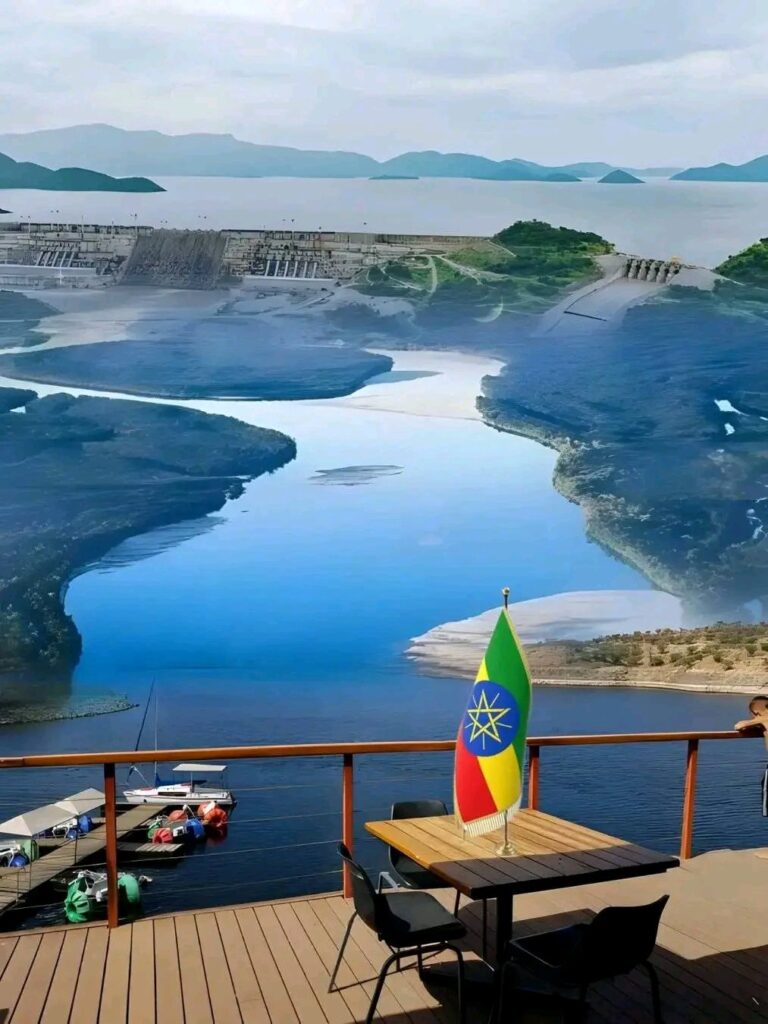Mekelle፡Telaviv, Nairobi, Pretoria, London, (Tigray Herald).
The Colours of Freedom: Why So Many African Flags Fly Ethiopia’s Green, Yellow and Red
By Tesema Nadow
Across Africa, from Ghana to Guinea-Bissau, and even as far afield as Bolivia in South America, the vivid hues of green, yellow, and red fly proudly on national flags. These are not random design choices they are colors of resistance, of pride, and of Pan-African identity. And at the heart of it all lies one country: Ethiopia.
This ancient nation, perched high in the Horn of Africa, holds a singular place in the continent’s psyche not only as a cradle of civilization, but as the only African nation that successfully repelled European colonization. The Battle of Adwa in 1896, where Ethiopian forces decisively defeated the Italian army, sent shockwaves through the colonial world and ignited the imagination of liberation movements across the Global South.
A Banner of Victory
The green, yellow, and red tricolor of Ethiopia pre-dates colonial rule. But following Adwa, it became something more: a symbol of freedom, proof that African sovereignty was not a myth, and a visual rallying cry for all peoples yearning to break free of imperial chains.
When Ghana became the first Sub-Saharan African nation to gain independence in 1957, Kwame Nkrumah chose red, yellow, and green for the new flag a deliberate nod to Ethiopia’s legacy. “We looked to Ethiopia as a symbol of African independence, pride, and unity,” wrote Nkrumah.
More Than Just a Flag
These colors took on a broader ideological role with the birth of Pan-Africanism a movement that sought to unify Africa politically and culturally. Leaders from Patrice Lumumba to Thomas Sankara viewed Ethiopia not only as an inspiration, but as a living example of African agency in a world divided by race and colonial power.
In Jamaica, Ethiopia’s influence flowed into music and spirituality. The Rastafarian movement, born in the 1930s, revered Ethiopia’s Emperor Haile Selassie as the returned messiah. Bob Marley would later sing, “Africa unite,” draped in Ethiopian hues, spreading the colors of Adwa from Kingston to Kinshasa.
A Palette That Changed the World
Today, more than 30 national flags bear the Pan-African colors: red for the blood of struggle, yellow for the light of hope, and green for the land of Africa. Some, like Mozambique and Mali, adopted the trio directly. Others, like South Africa, incorporated variations into complex new designs that still pay homage to the same ideals.
Even Bolivia’s indigenous Wiphala flag and certain Caribbean independence movements embraced the Ethiopian scheme proof that the spirit of resistance knows no border.
GERD: A Modern Monument to African Pride
On this hand, the Grand Ethiopian Renaissance Dam (GERD) stands as a 21st-century symbol of African ambition and dignity. Rising on the Blue Nile near the Sudanese border, the GERD is Africa’s largest hydroelectric project a marvel of homegrown engineering, funded entirely by Ethiopians without reliance on foreign aid or loans.

For Ethiopians and many across Africa, GERD is not just a power plant it is a testament to self-reliance, technological progress, and the right to use sovereign natural resources for development. It echoes the same spirit of Adwa: that Africans can shape their own destiny.
After over a decade of construction and political controversy, Ethiopia is preparing to inaugurate the completed GERD within the coming months, marking a historic moment not just for the nation but for the continent at large.
“This is not just Ethiopia’s dam. This is Africa’s pride,” Prime Minister Abiy Ahmed declared during a recent address. Indeed, many Pan-Africanists view GERD as a blueprint for how the continent can unlock its potential through unity and resilience.
A Legacy Worth Remembering
In an era where African identity is being reasserted on the global stage, it’s worth remembering the power of symbols. Ethiopia’s flag, raised in victory on the hills of Adwa, and Ethiopia’s dam, rising on the flow of the Nile, are more than national emblems they are a continent’s claim to dignity, defiance, and destiny.
As Pan-Africanism is reimagined for the 21st century, the colors of Ethiopia still wave not just in cloth, but in the hearts of those who believe that Africa’s freedom was never gifted, but won in struggle and carried with pride.




